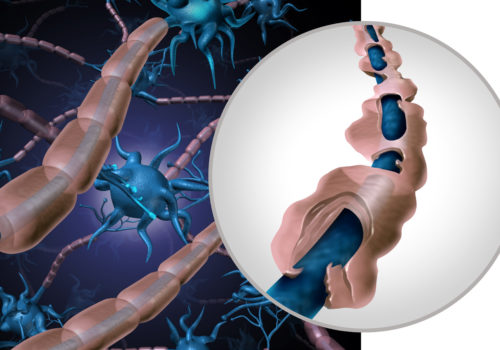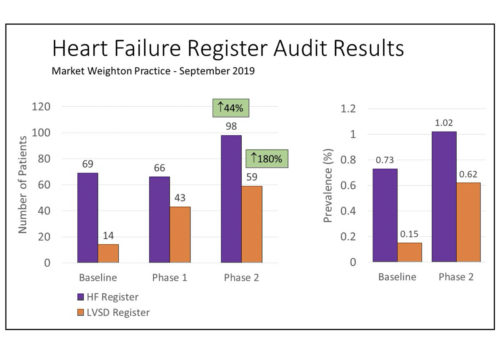Implantable Cardioverter Defibrillators (ICDs) have – quite literally – fired a major revolution in the management of patients at high risk for potentially life-threatening arrhythmias. More sophisticated than pacemakers, ICDs monitor the heart constantly, but only initiate an electrical signal when they detect an incorrect heart rhythm. ICDs can function as pacemakers for slow heart rates, but may also deliver high-energy electrical therapy for fast heart rates. In this article, we review how ICDs work, how they are used and what care we need to provide for patients who have had these devices implanted.























